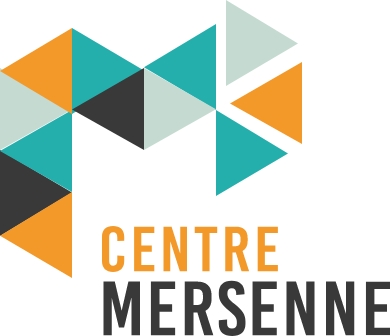Articles
Editorial standards ensure that texts are uniform and easy to read. This involves choosing layout rules (line spacing, alignment, display of captions, visuals, etc.) as well as editorial rules (e.g. “4th” or “fourth”, etc.) in accordance with any given typographical style.
There are different typographical styles, all specific to a country or to a scientific field. For example:
France
- Imprimerie nationale (France). Lexique des règles typographiques en usage à l’Imprimerie nationale. [Paris] : Imprimerie nationale, 2017.
- Guéry, Louis. Dictionnaire des règles typographiques. Paris : EdiSens, 2019.
Great Britain
- Oxford University Press. New Oxford Style Manual. 2nd edition. Oxford: Oxford University Press, 2016.
Etats-Unis
- University of Chicago Press Editorial Staff. Chicago Manual of Style. Chicago: University of Chicago Press, 2017.
Chemistry
- Banik, Gregory M, Grace Baysinger, Prashant V Kamat, et Norbert J Pienta. ACS Guide to Scholarly Communication. Washington, DC: American Chemical Society, 2020.
References
Presentation standards for footnotes or endnotes and for bibliographic references should be sent to authors and made available on the website (usually on the “Guidelines for Authors” page).
Notes
It is important to determine a way to present footnotes or endnotes: numerical format? or by author-date? Do we accept the abbreviations “Op. cit” and “Ibid.”?
Notes and superscripts may have diverse forms:
- Numerical : [1], (1), 1, …
- Author-date : (Martin, Durand, 2001), (Martin, et al., 2001), …
La présentation des appels de notes devra être identique dans tous les articles de la revue.
Bibliography
The presentation of bibliographic references should also be identical throughout the journal’s articles. A bibliography allows the reader to find the document the author is quoting. It must therefore be clear and precise.
Following are some examples of bibliographic presentation standards intended for authors:
- Royal Chemistry Society : https://www.bath.ac.uk/publications/library-guides-to-citing-referencing/attachments/royal-society-chemistry-style-guide.pdf
- MIDAS journal : https://journals.openedition.org/midas/369
- AIP : https://publishing.aip.org/wp-content/uploads/2021/03/AIP_Style_4thed.pdf
- IEEE : https://ieeeauthorcenter.ieee.org/wp-content/uploads/IEEE-Reference-Guide.pdf


